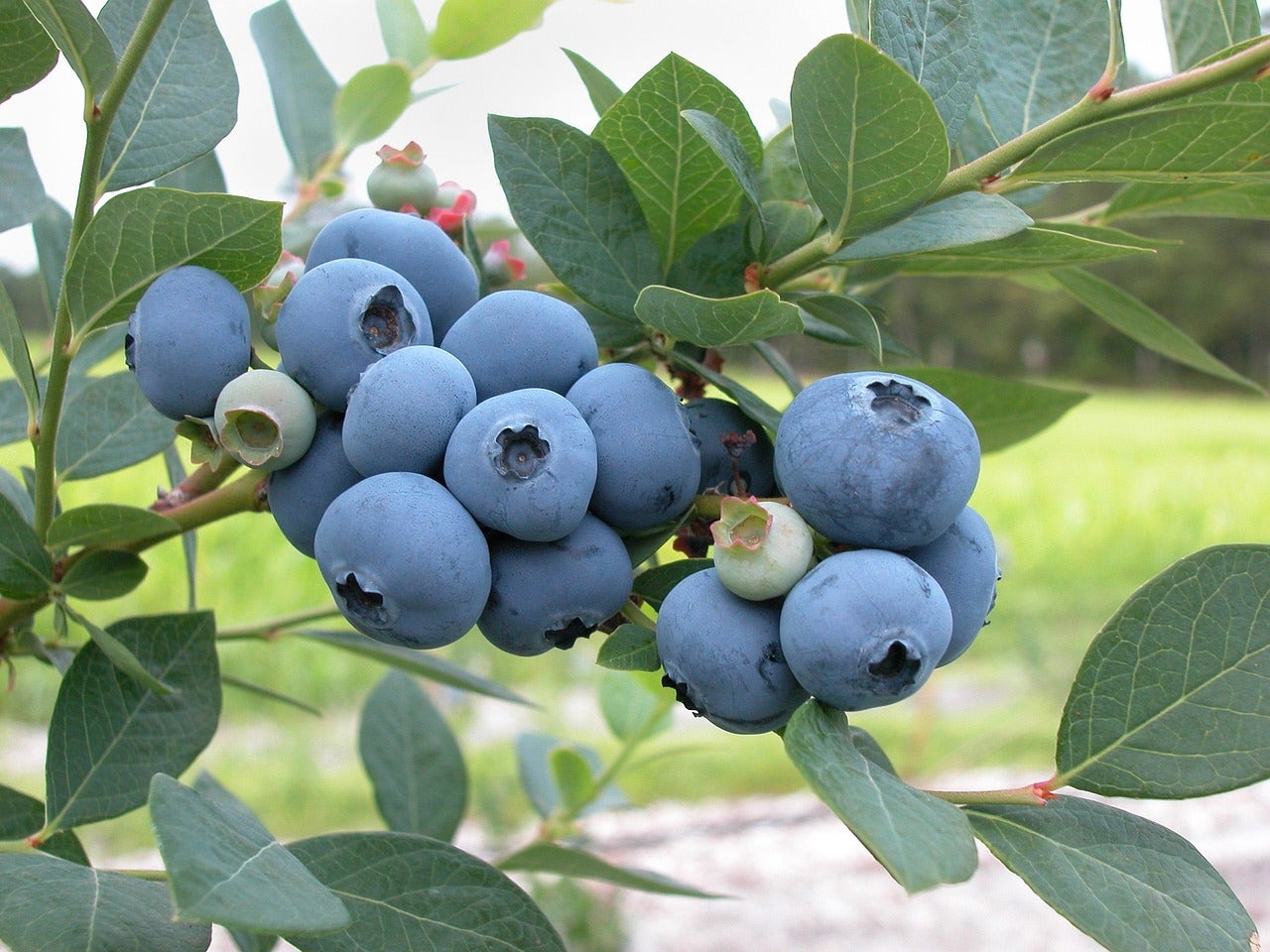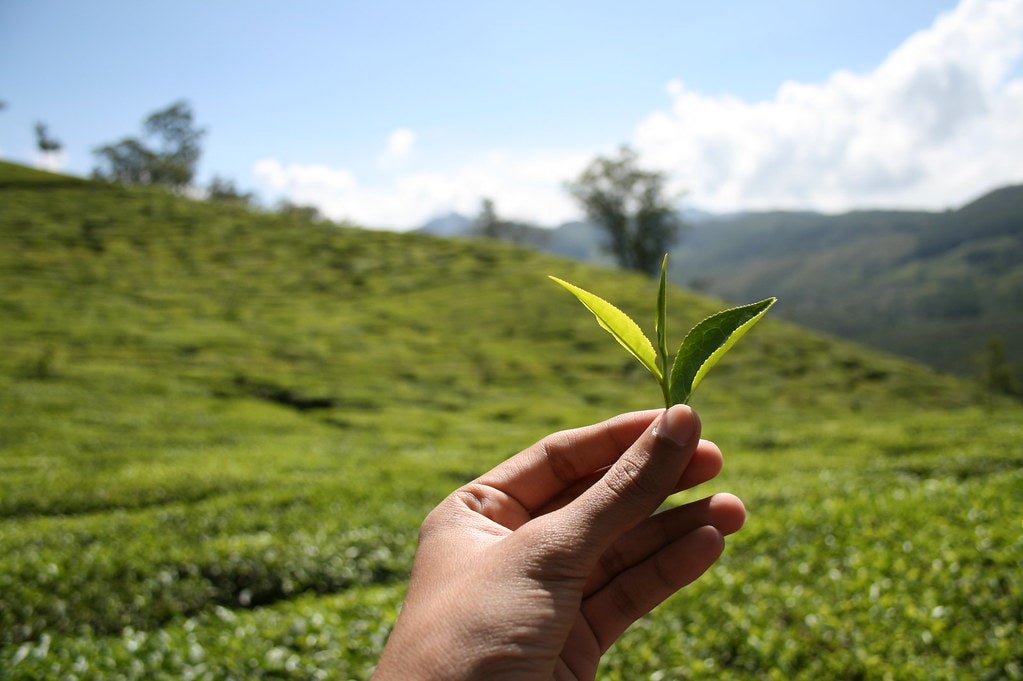For some, growing blueberries is an exercise in futility. Our gardening expert has some great advice on how to create the perfect environment for getting a successful harvest.
Featured in this Show
-
Recommendations For Growing Blueberries In Wisconsin
For some gardeners, growing blueberries is a test of their skills. Conditions must be just right for blueberry plants to survive and produce fruit. And although Wisconsin’s climate is perfect, the soil – especially in the southern part of the state – isn’t what blueberries like, said Vijai Pandian of the University of Wisconsin-Extension in Brown County.
“Blueberries are very picky about their soil pH. They like an acid soil, ranging from 4.5 to 5.5 pH,” said Pandian, a horticulture educator. “Most soil in Wisconsin is 7, slightly alkaline, that makes it very challenging to grow blueberries.”
He suggests having your soil’s pH tested to find out if it can grow blueberries.
Volunteers in the master gardener program in Brown County have been experimenting for a few years with ways to grow blueberries in areas where the soil isn’t at the right pH. They found a soilless environment, in a container or in a trench system, works best, Pandian said.
“To grow them in a soilless medium is easy,” he said. “Instead of using original soil, you use a mix of (sphagnum) peat (moss), perlite and pine bark.”
Use a 1-to-1-to-1 ratio and don’t include any original soil, compost or leafy material – all of which may alter the pH, he said. Adding some sulfur each spring will help preserve the ideal pH.
Fertilizer is also important. Beginning in mid-May and every two or three weeks until mid-July, fertilize with Miracid – or fish emulsion or blood meal, if growing organic. Pandian said to dilute according to package directions and drench the roots at the soil, not on the leaves.
Where you place your plants is important, too.
“Sunlight is a critical factor that will trigger blossoms,” he said. “If you want a successful blueberry crop, you’re going to need about six or eight hours of sun (each day).”
To grow your blueberries in a trench system, Pandian recommends digging a bed of about 4 feet by 6 feet. And because blueberries are shallow-rooted plants, the bed only needs to be about 10 inches deep. A wooden frame, around the outside of the bed, will help keep surrounding soil from seeping into the trench. The trench is then lined with landscape fabric and filled with the soilless medium.
To minimize fungal disease, plants should be placed between 2 and 3 feet apart.
If you plant your blueberries in a container, Pandian suggests a size that is 5 gallons or larger and bury the containers in the ground. This will help them retain moisture in the summer and stop them from freezing in the winter, he added.
“You need to have good drainage holes, blueberries tend not to like wet feet,” Pandian said. “Blueberries are very susceptible to water stress. Eighty to 90 percent of their roots are on the top 6 inches of the media, so they need a frequent light watering.”
He recommends watering every other day and directing the water to the root system, not the leaves. This will help avoid water and heat stress, which can turn leaves a rusty color. To help keep in moisture, sawdust or pine needles can be used as a mulch around the plants.
Blueberry plants should start producing berries in their second year and peak production will start after three or four years, Pandian said.
His recommendations for good growing varieties include Patriot, Blue Crop, North Blue and St. Cloud.
To protect plants and their berries from wildlife, Pandian recommends a fence and the use of bird netting. Chipmunks are especially adept at getting under the netting, so nailing the netting to the wooden frame or into the ground will help preserve the blueberry crop.
Episode Credits
- Larry Meiller Host
- Jill Nadeau Producer
- Vijai Pandian Guest
Wisconsin Public Radio, © Copyright 2025, Board of Regents of the University of Wisconsin System and Wisconsin Educational Communications Board.


